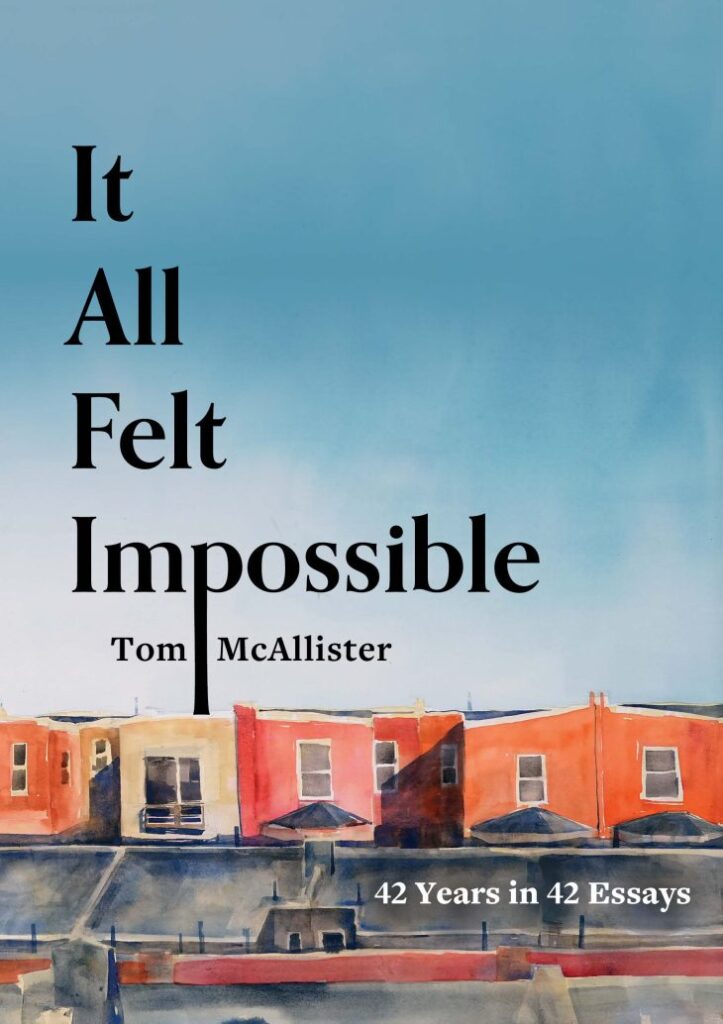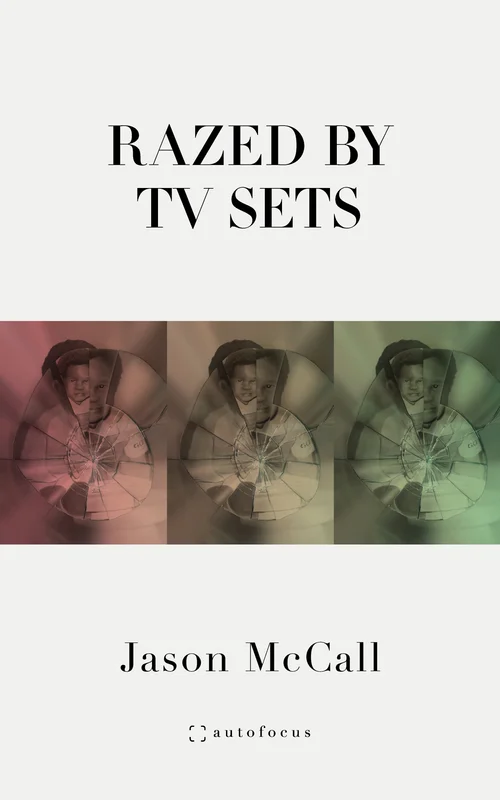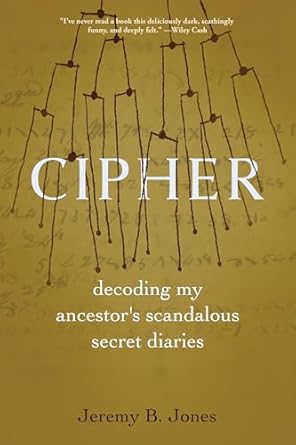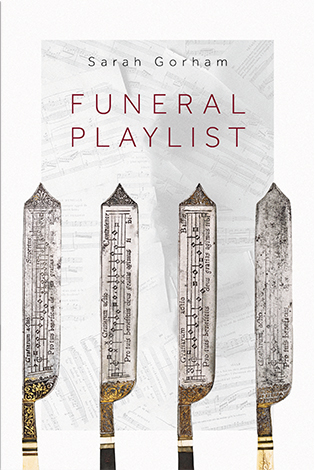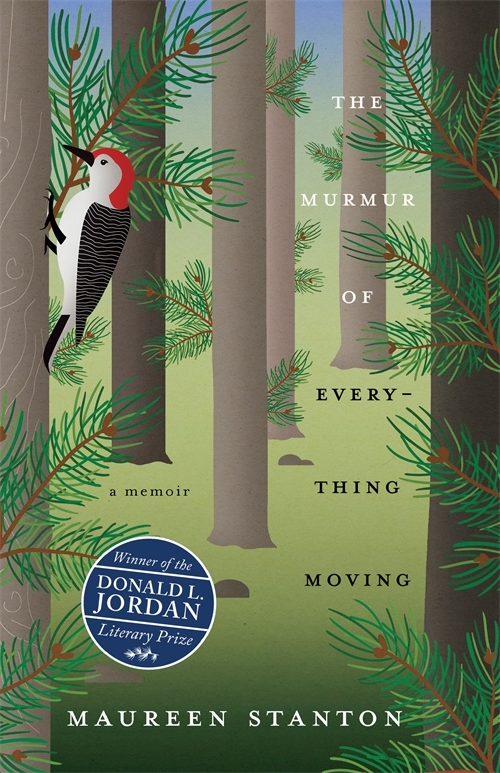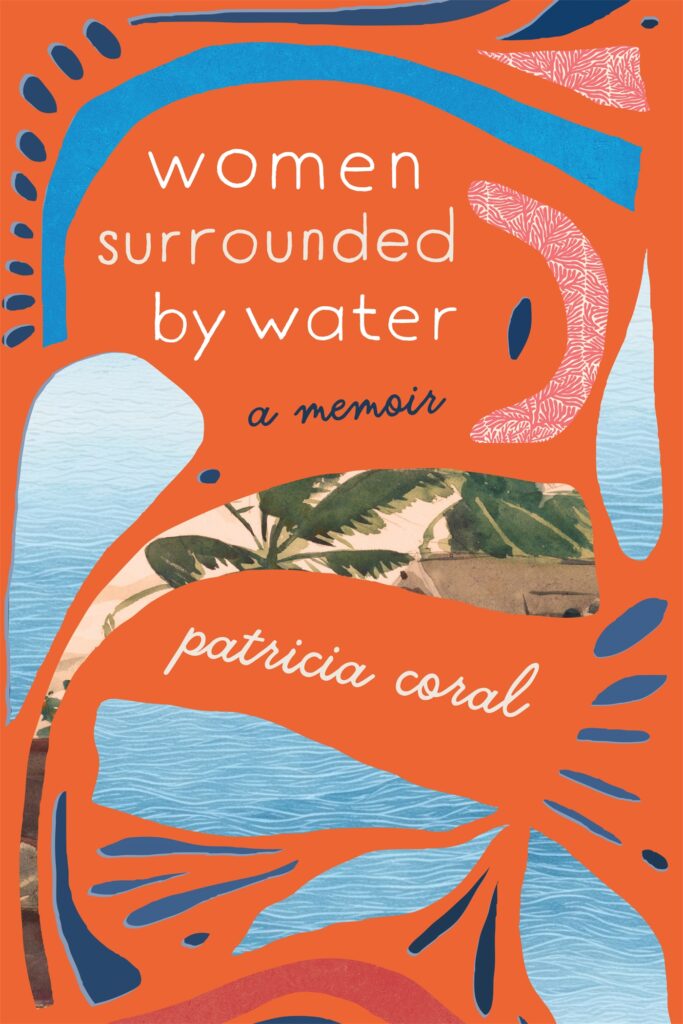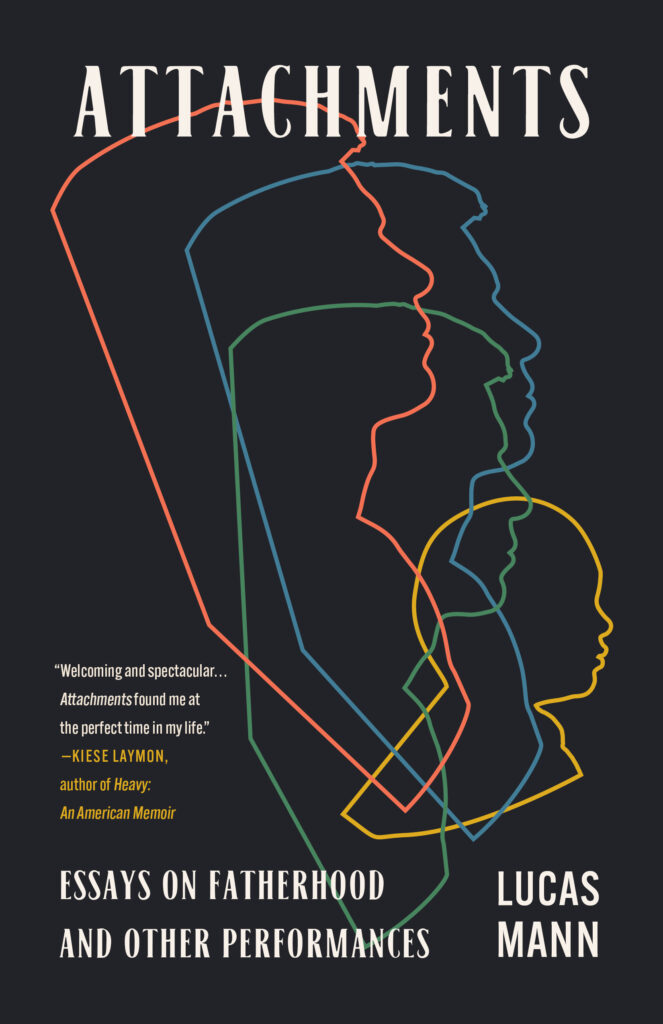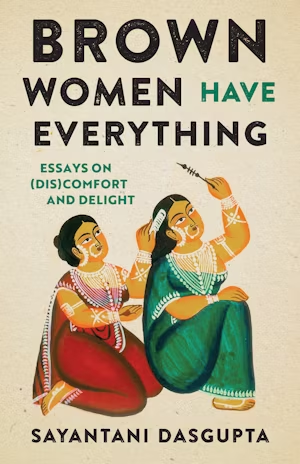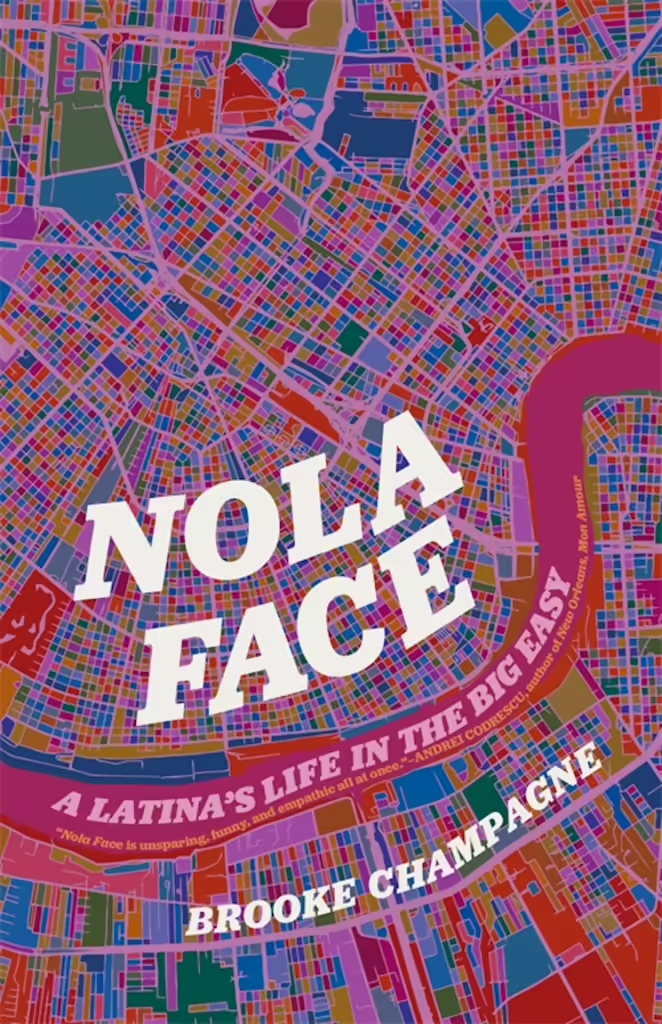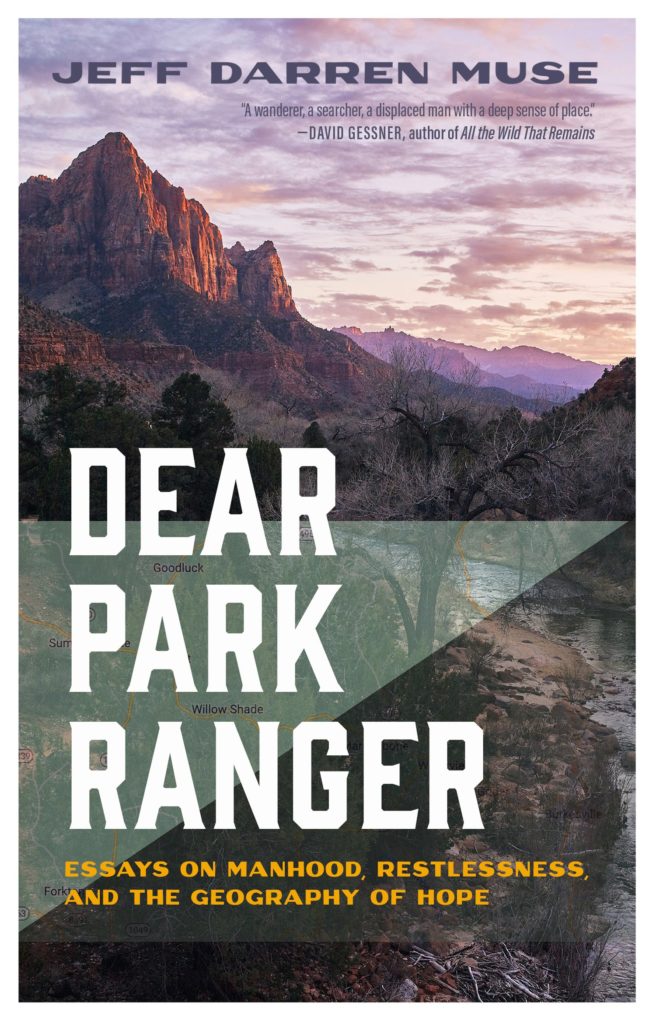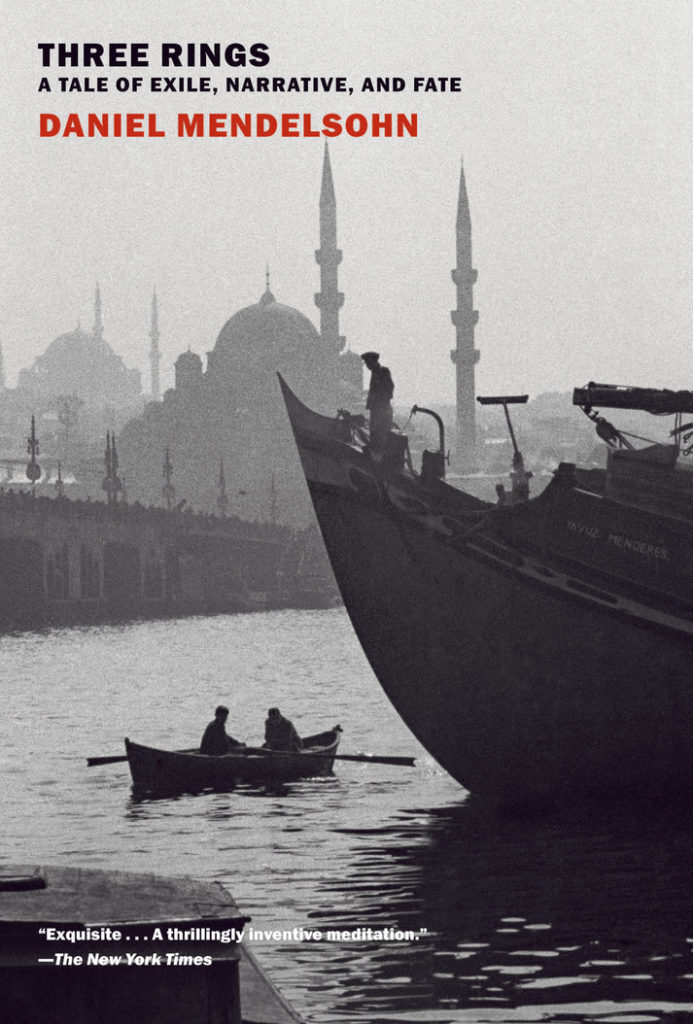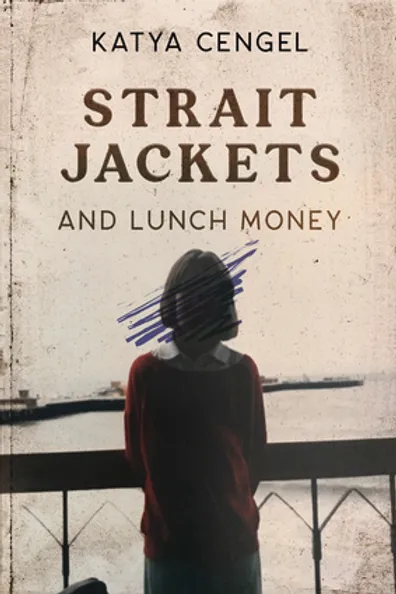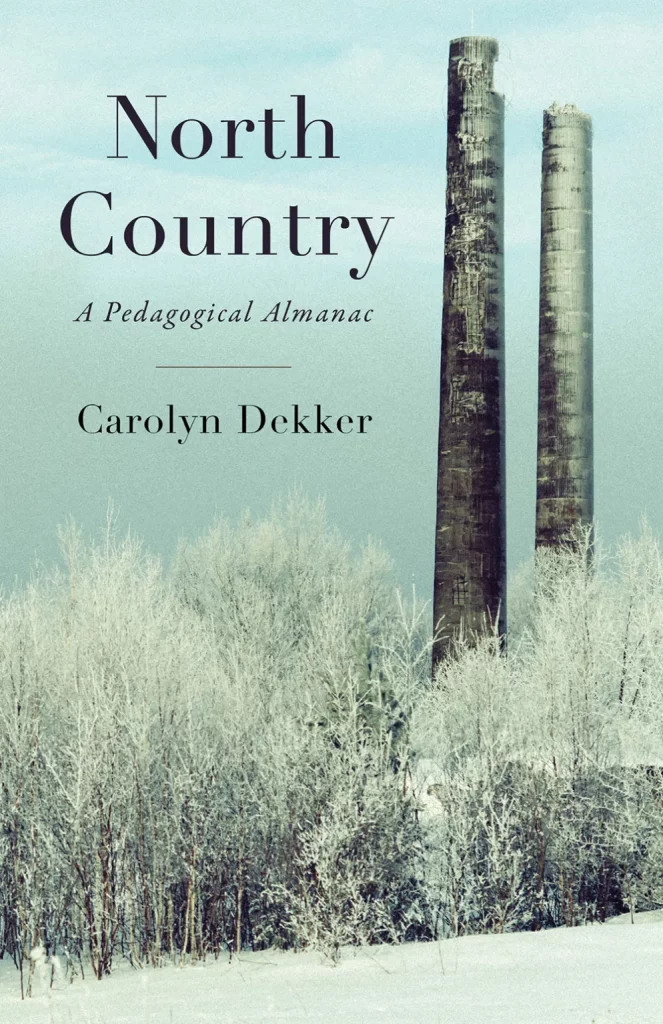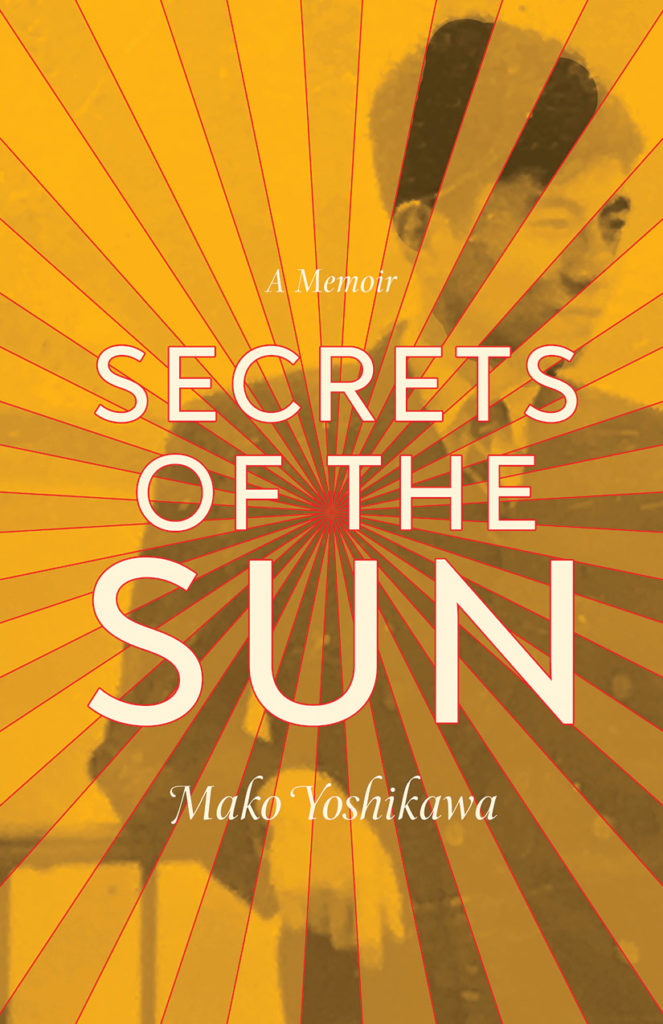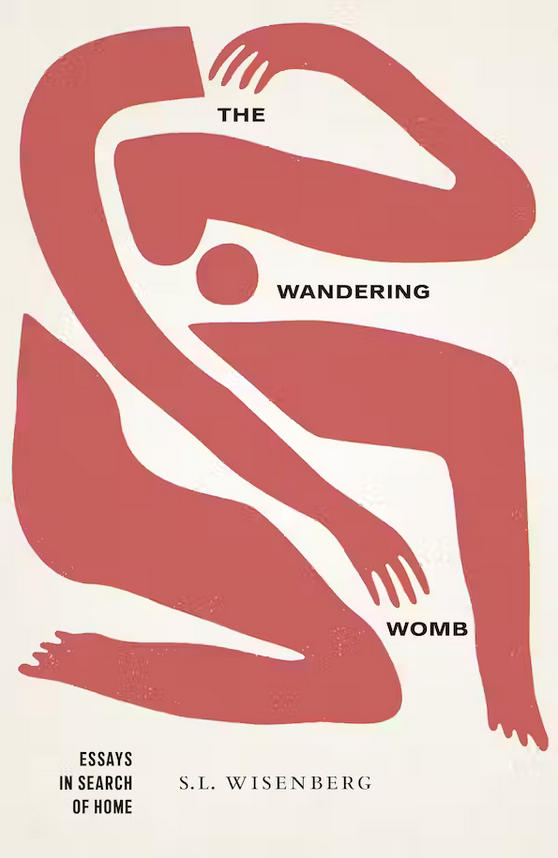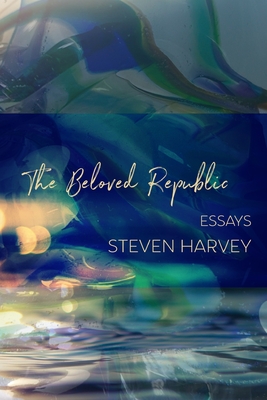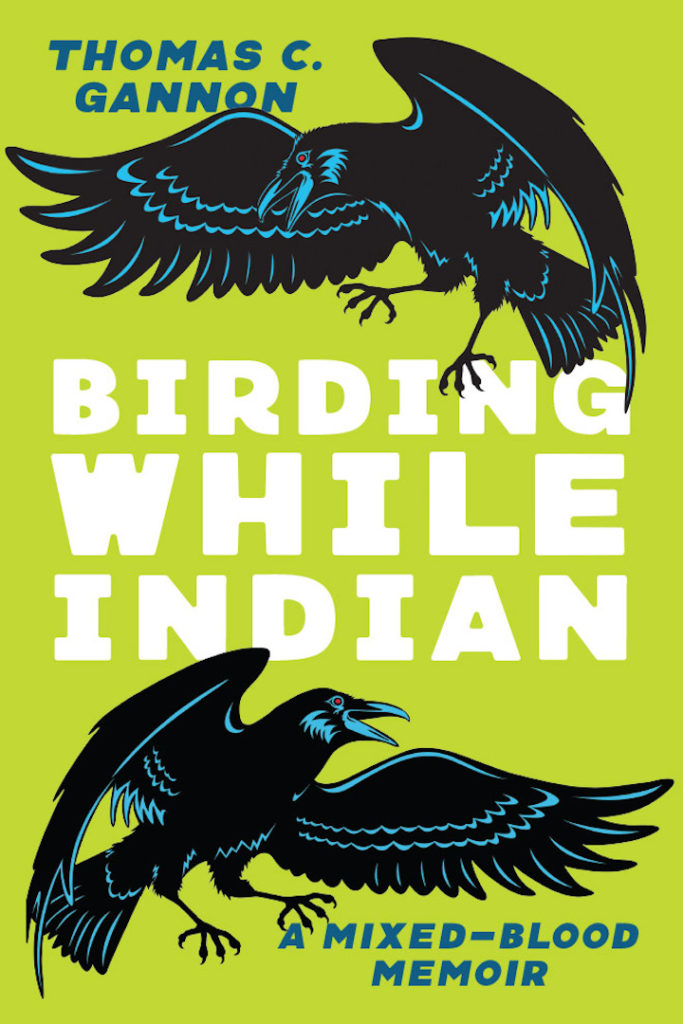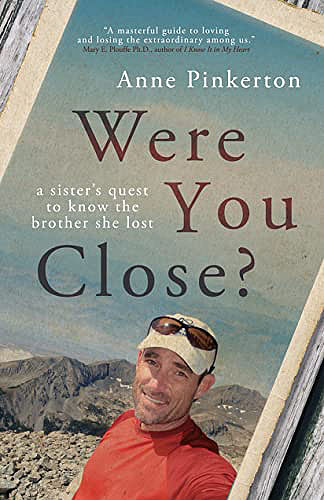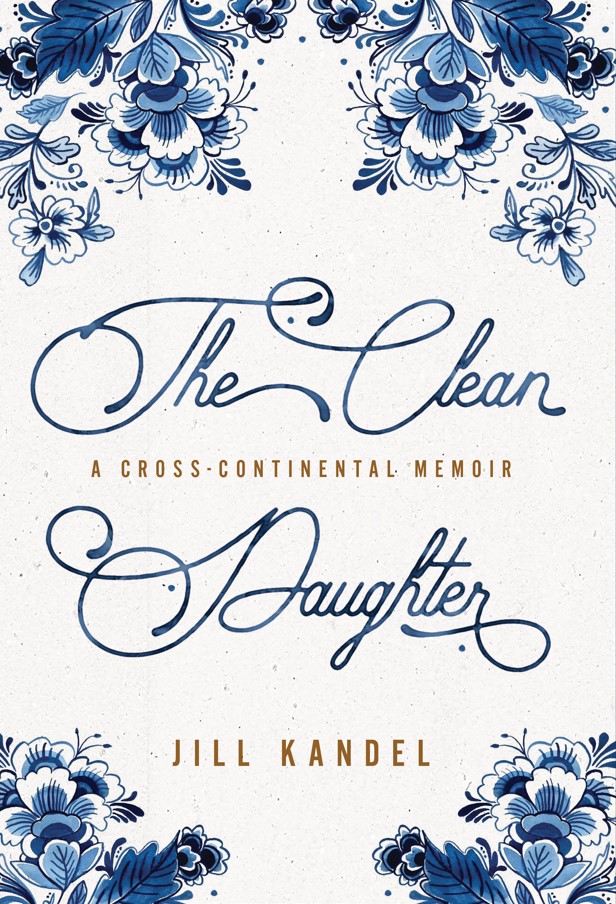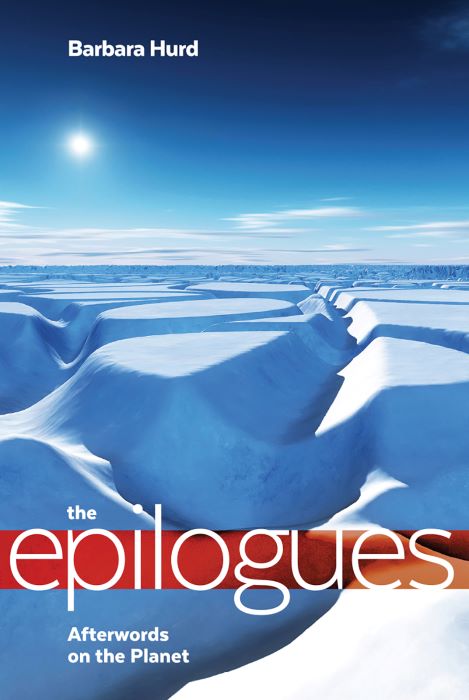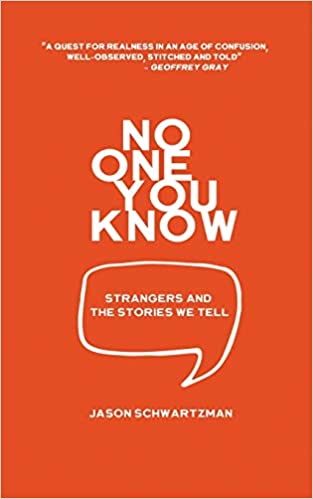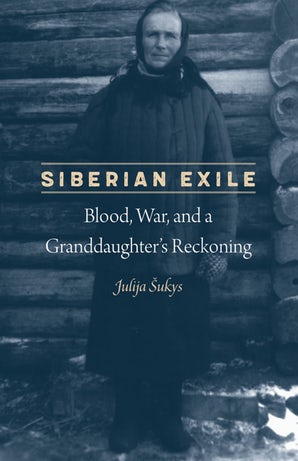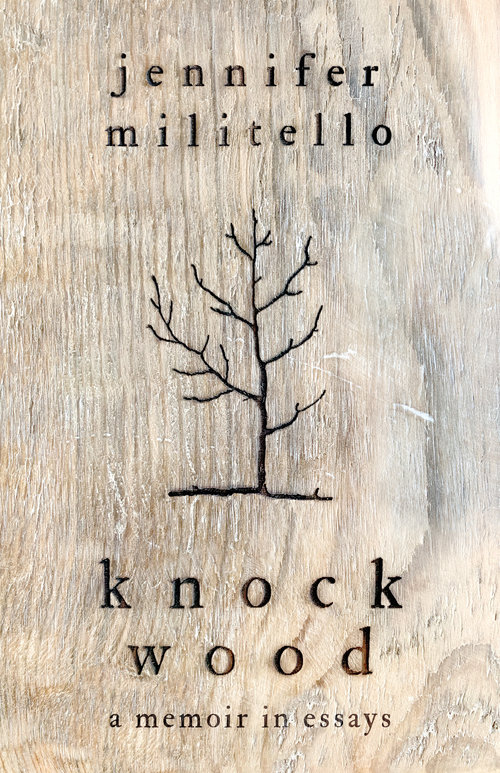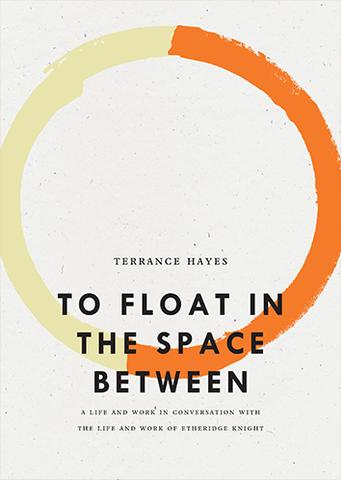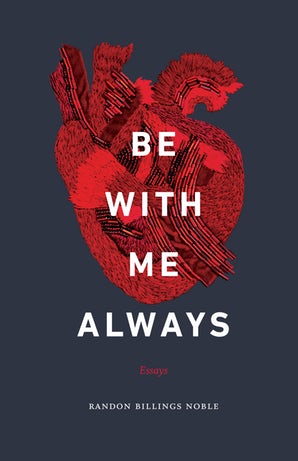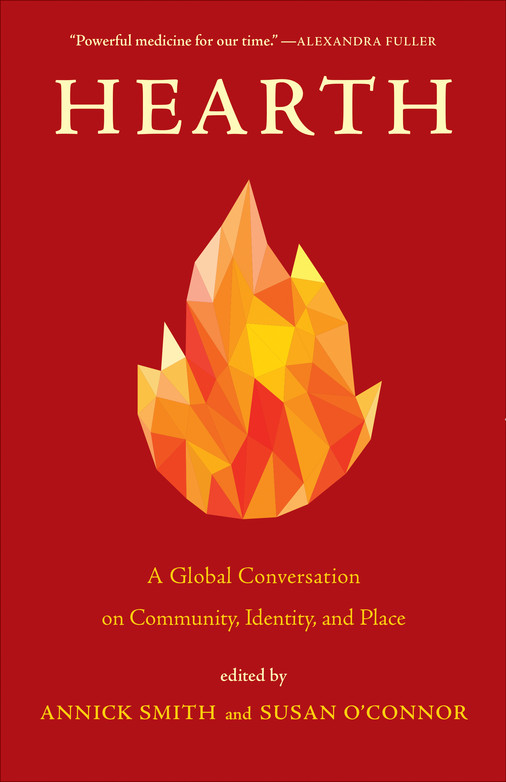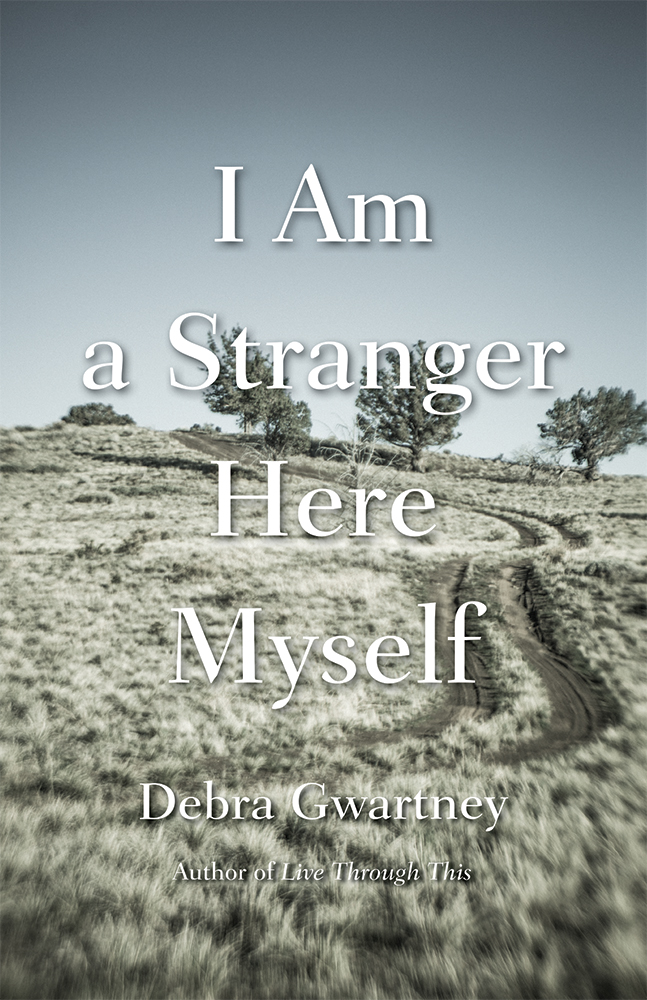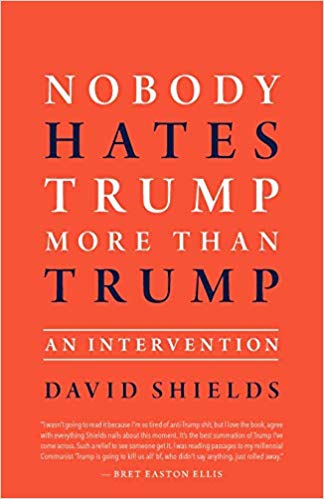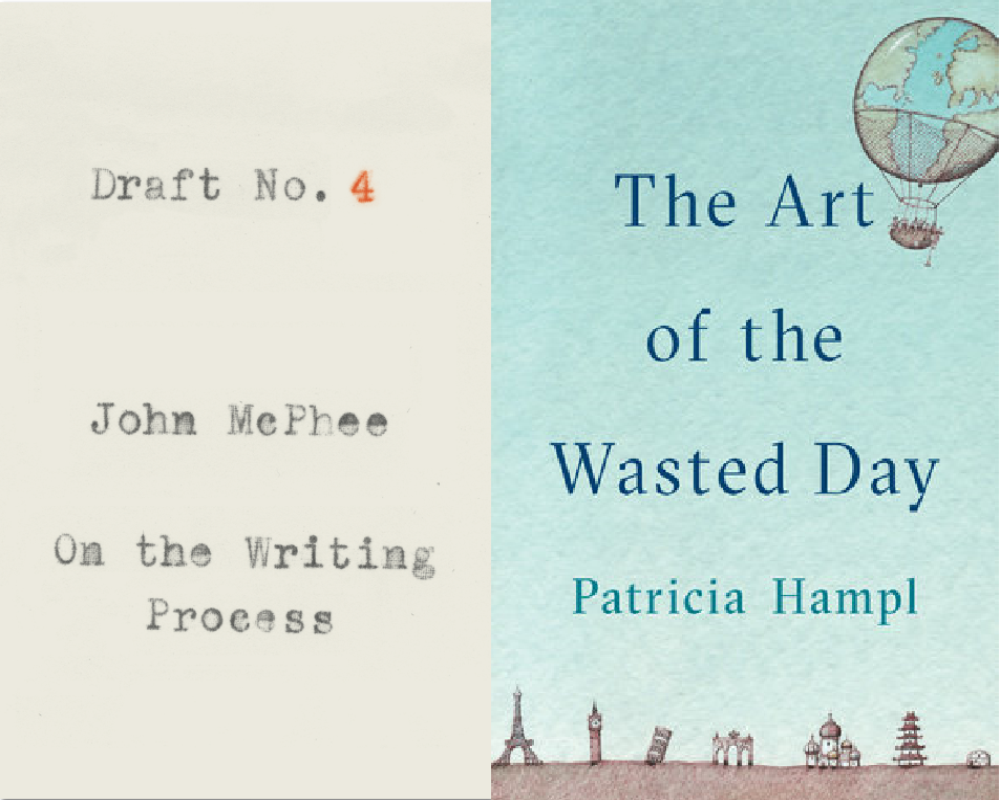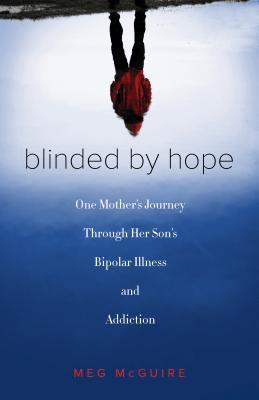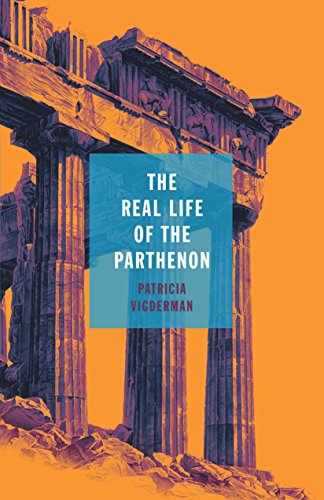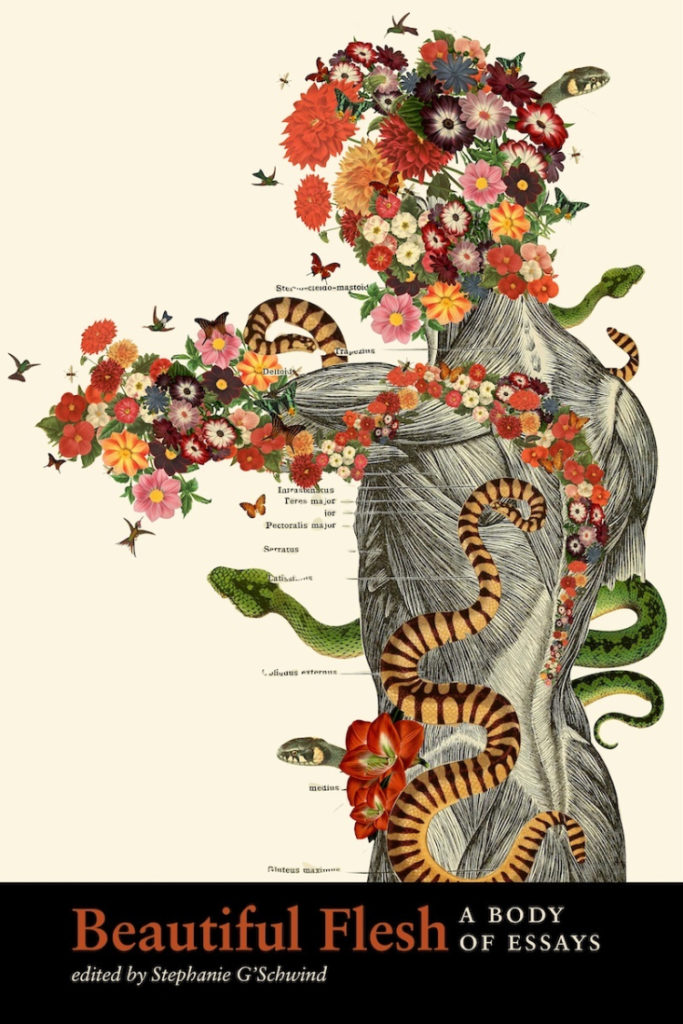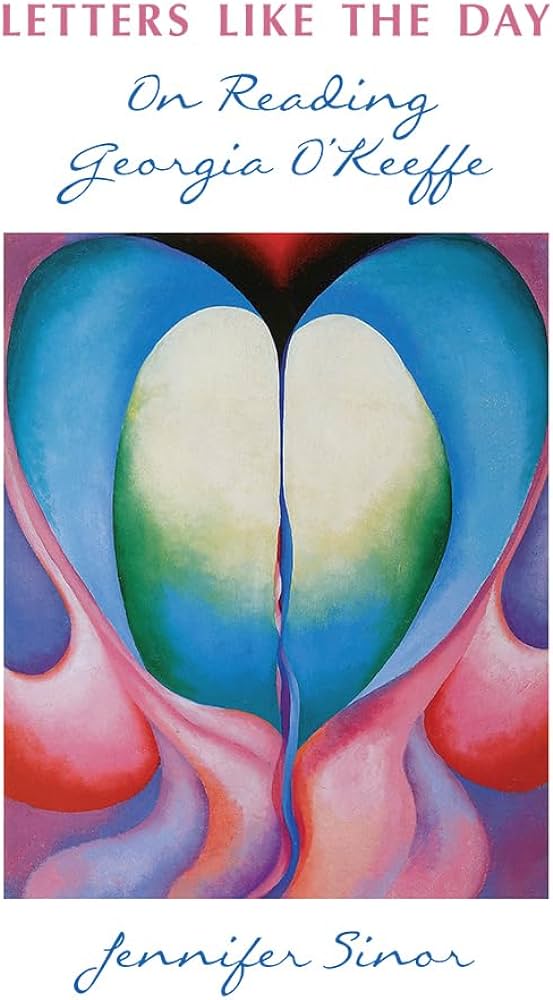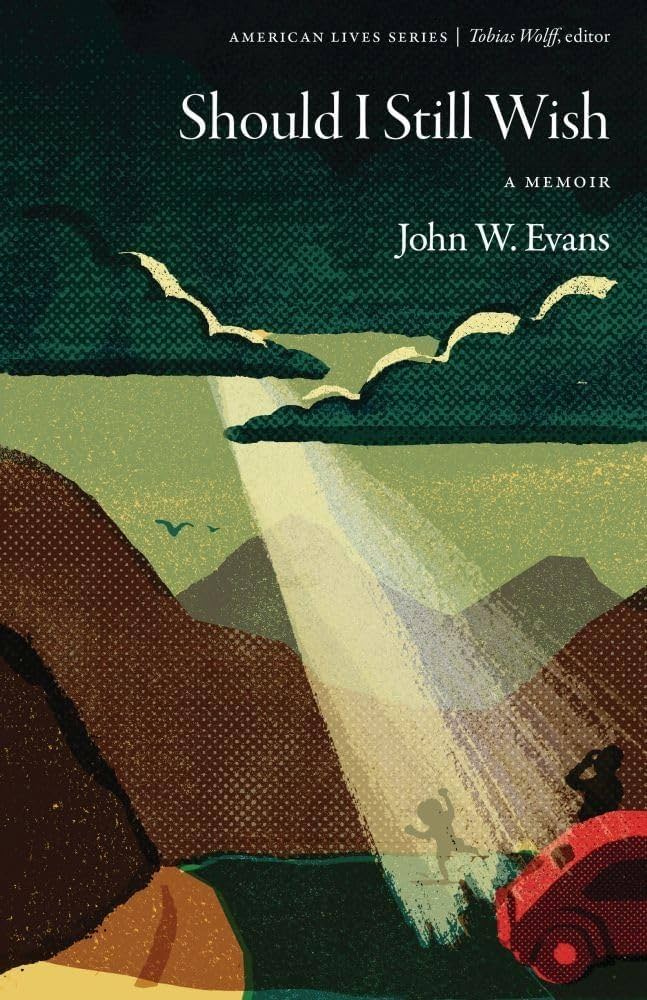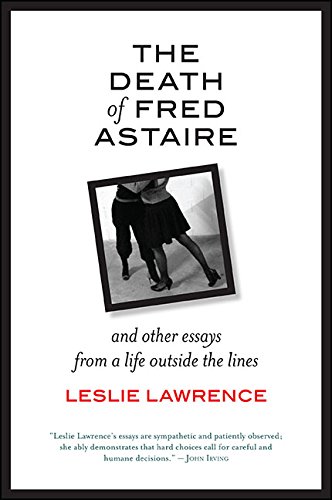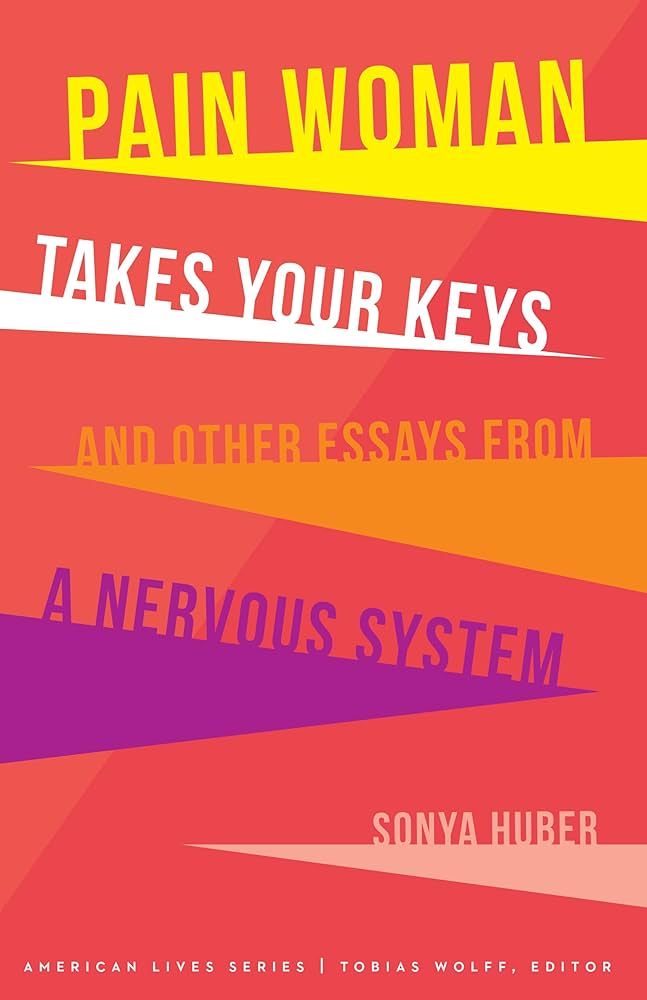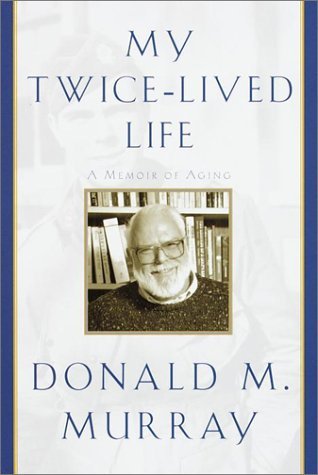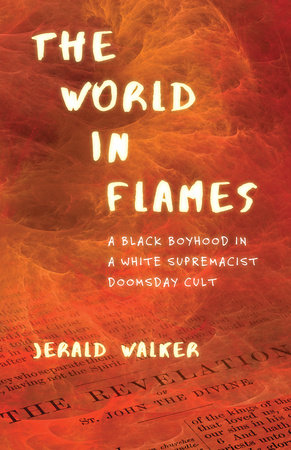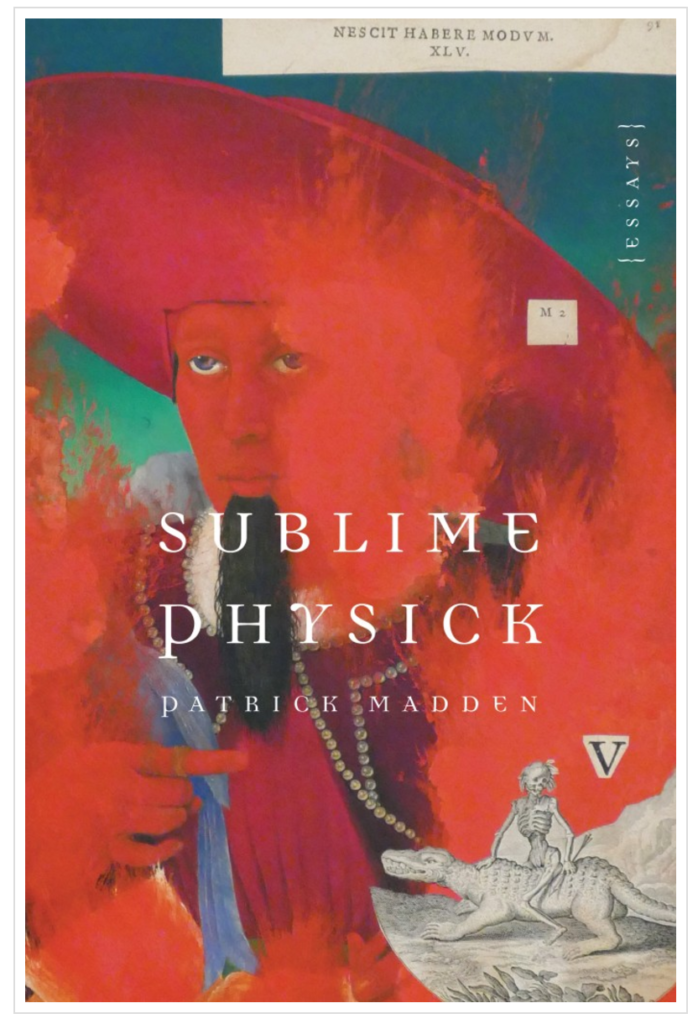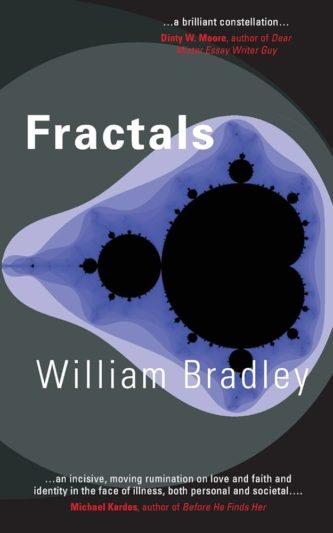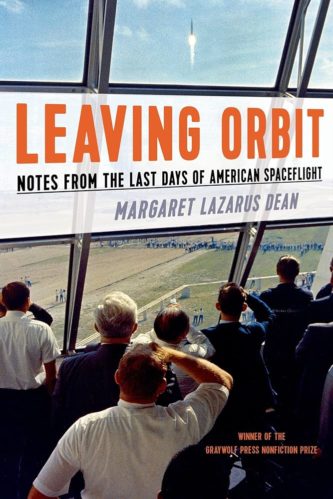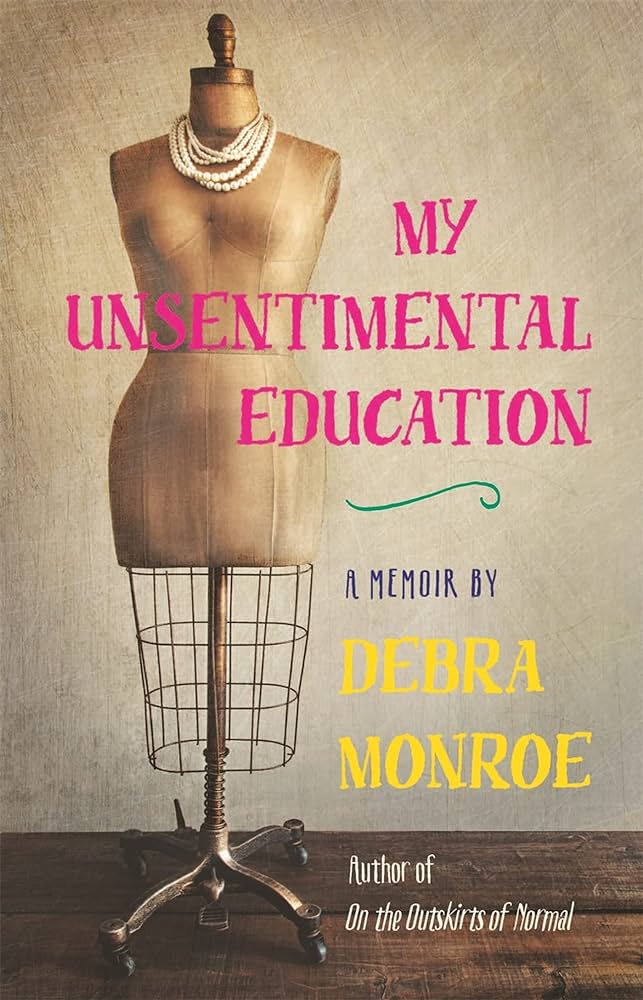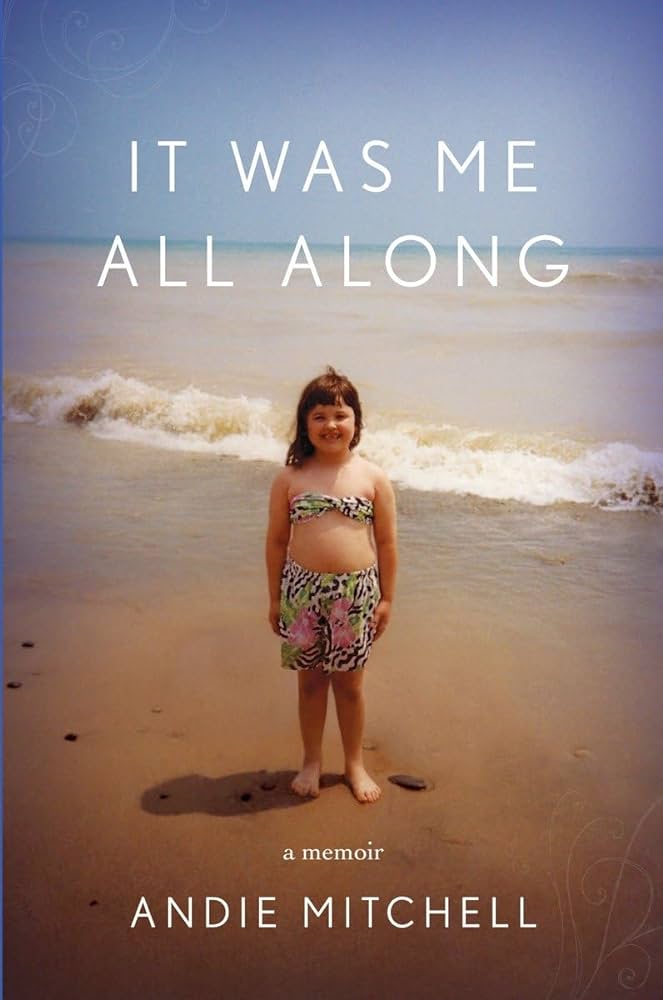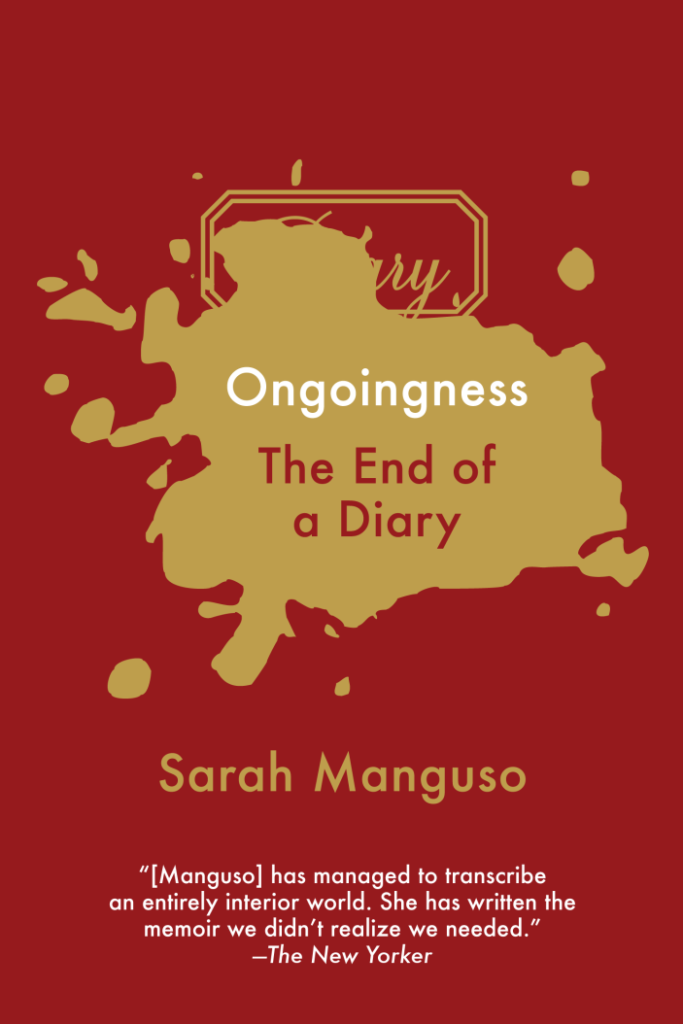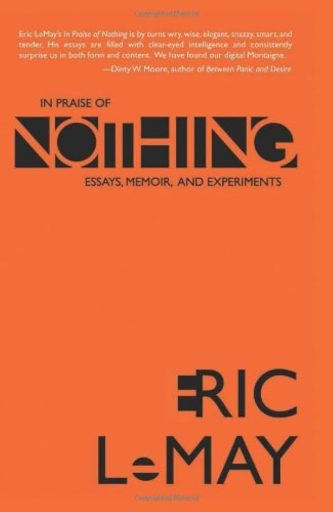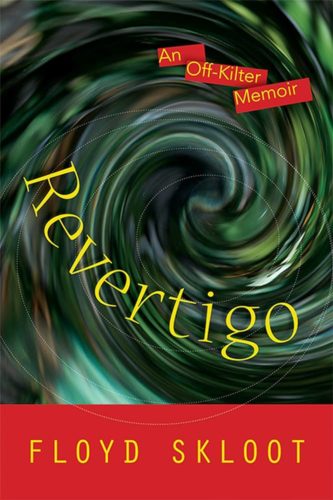By Elizabeth Raby
The World Is On Fire: Scrap, Treasure, and Songs of Apocalypse by Joni Tevis
To begin her new book, Joni Tevis, the author of the equally unusual, The Wet Collection, quotes the Midwestern novelist, Sherwood Anderson, in an epigraph: “Just say in big letters, ‘The World is on Fire.’ That will make ’em look up.” So she does and so do we. In well-researched and telling detail, she explores objects, places, and people in danger of being lost or falling apart—closures and collapses of factories, diners, towns, celebrities. She brings them back to life by a plethora of specific images. Of her father’s factory, she says, “Strange to think of the old shop sitting empty now, the machines gone, Barbara’s first-aid kit and I’ve Been Beat Up poster gone, the thumbtacks that held it to the wall gone. But curls of scrap must still be there, corkscrews of brass and steel pressed into the filth of the shop floor.”
In “Something Like the Fire,” a chapter about the 1950s atomic tests in the Nevada desert, she describes watching a film and its carefully arranged figurines. “See how easy it is to make a family, twins sprawled on the floor, Baby in his high chair, Mother bending near, a spoonful of pear in her shapely hand.” “Then the blast wave punches in the wall, shattering the window and knocking Mother off her stool. . . . The house collapses in a raw hex of timber. Two seconds all told, the roof blown straight to hell.”
She examines and names everything, and we read through forgotten details of all the open air atomic tests, how people didn’t understand the danger, how watching them became a recommended tourist attraction.
Dread and destruction and the end of things loom everywhere in the book. But she makes them entertaining. “And what of the teacher? What furnished her workdays? Smell of stove, hot metal. . . . And after she’s set the students moving along their paths, stoked the stove, marked the spelling tests and poetry themes, what did she think of then, in the early-falling December darkness, while in the woodbox an earwig crawled in the splinters and dust, woken by the heat, a shiny soldier left from summertime and doomed to burn?”
We are reminded once again that earwigs are doomed to die like everything. Not exactly news, but there, in the meantime, Tevis has resurrected long-lost schoolrooms in which I, too, can imagine both of my teacher grandmothers, in prairie towns in the years before they married, keeping their students in order.
What the book doesn’t have, despite the section headings that suggest otherwise—Overture, Act One, Act Two, Intermission, Act Three, and Finale—is a clear through-line, a narrative thread. Perhaps without that suggestion of unity I would have simply enjoyed the sections or chapters as disparate essays, jammed with fading but revivified fact. I might not have searched so hard for what connected each essay with what came before and what came after.
Because I was looking for connections, at one point I convinced myself that I had found one. Tevis tells us she was “a bookish kid, raised in the South during the late Cold War, in a church that preached a fair number of sermons about the end times.” She believed “it was a foregone conclusion that the world would end soon. Fireballs, nuclear winter, cancer, starvation.”
After imagining them for so long and in so many places, Tevis feels that end times have become real to her, especially shocked by her unexpected miscarriage, and then round after round of desperate fertility treatments. Apparently they do not and will never work. “What lasts?” she writes. “This wanting (beyond language!) (more than language can tell!) (a heartbeat!) outlasts the singer, outlasts us all.” The wanting comes to grief, I believe, and the struggle through its squeeze of the heart has shaped these pages.
The first chapter, “What Looks Like Mad Disorder, the Sarah Winchester House,” perhaps carries a hint of order, organizing the book’s apparently more or less random structure, a hint of what will be slowly revealed. Sarah’s baby dies after only a few weeks; her husband follows soon after. To understand, Sarah consulted a medium who told her that baby and husband had been cursed by the ghosts of those killed by her husband’s manufacturing business, the Winchester Repeating Arms Company. So Sarah moved to California, “tucked a sample lock of baby’s hair in a safe and built a house around it.” “When she died, thirty-eight years later, it had 160 rooms, some of which she had remodeled six hundred times.”
This is what Joni Tevis has done. She has tucked two babies, one miscarried, one never conceived, in a place she can’t forget, and she has built an eccentrically but entertainingly constructed house of disparate essays around them.
Milkweed Editions
$16.00 Paperback | $9.99 eBook | Buy Here!
Elizabeth Raby is the author of a four-generation memoir, Ransomed Voices (Red Mountain Press, 2013) that received an award from New Mexico Press Women; four poetry books, Beneath Green Rain, (2015) This Woman (2012) a finalist for the 2013 Arizona-New Mexico Book Award, Ink on Snow (2010), and The Year the Pears Bloomed Twice, (2009) all published by Virtual Artists Collective (www.vacpoetry.org), and three chapbooks. She served as a poet-in-the-schools in Pennsylvania, New Jersey, and for the Geraldine R. Dodge Foundation and taught poetry at Muhlenberg College. Her poems have been translated into Chinese and Romanian and she is co-author of a bi-lingual chapbook in English and Romanian, Bone, Flesh & Fur (Oase, Carne & Blană). Her work has appeared in numerous anthologies and journals. She is the winner of a Mulberry Poets and Writers Broadsheet Contest and of the Elmer Kelton Poetry Award from San Angelo University. Ms. Raby has written prose pieces for Vermont History, Nebraska History and Teachers and Writers Collaborative.


